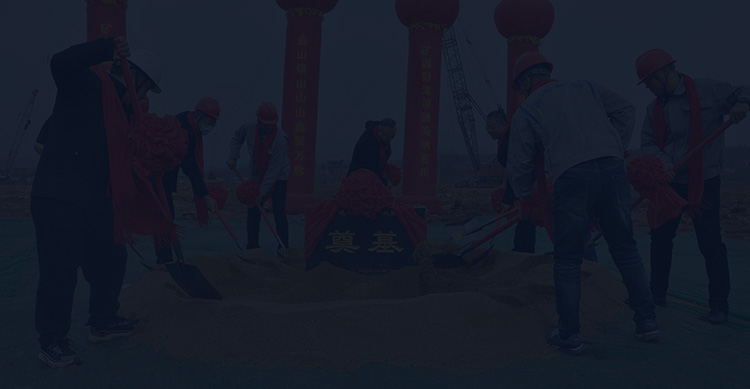
In mineral processing, the ball mill is the core workhorse responsible for grinding. It uses the impact and abrasion of steel balls to crush ore into the desired fineness. The primary goal is to achieve full liberation of valuable minerals from gangue, creating the ideal conditions for efficient separation in the following beneficiation stages.
With over 20 years of experience in mineral processing and equipment optimization as a senior mining engineer, I've seen firsthand how the right grinding equipment can significantly boost operational efficiency, cut costs, and improve recovery rates. In this guide, we'll cover everything you need to know about ball mills—from how they work and key specifications to pricing factors and how to choose the right one for your needs. Read on!
A ball mill is a type of grinding equipment widely used in mineral processing plants to reduce ore to a suitable size for subsequent beneficiation. It operates through the impact and friction between steel balls and the ore, efficiently reducing particle size in both wet and dry processes.
The core working principle is the transfer of mechanical energy: A cylinder rotates at a controlled speed, tumbling the internal grinding media (typically steel balls or rods). This action creates impact, abrasion, shear, and compression forces, gradually breaking the feed material into finer particles.
Ball mills are categorized by their discharge method: overflow type(for finer products) and grate discharge type(for coarser products).
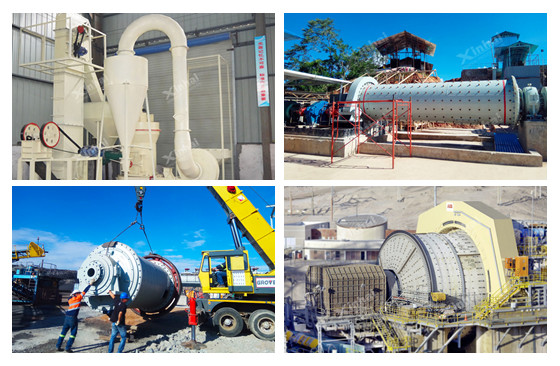
They are also classified by grinding environment: wet grinding and dry grinding.
Wet grinding is suitable for ores like gold, chromium, tin, tantalum-niobium, quartz sand, lead, and is also used for pebble milling.
Dry grinding is used for materials like cement and construction aggregates.
Grinding media include steel balls, manganese steel balls, high-chrome steel balls, and ceramic balls. Common steel ball sizes are 40mm, 60mm, 80mm, 100mm, and 120mm.
Liners are made from materials like wear-resistant natural rubber and manganese steel, with thicknesses available for customization.
Understanding these fundamentals is key to selecting a mill that aligns with your production targets and material characteristics.
As the saying goes, "Buying right is better than buying cheap." Understanding the features of each mill type is the first step to finding the perfect fit. Xinhai offers a range of ball mills designed for specific processing scenarios. Below is an overview of 8 common types, covering their working principles, key features, and applications to provide a comprehensive reference for your selection:
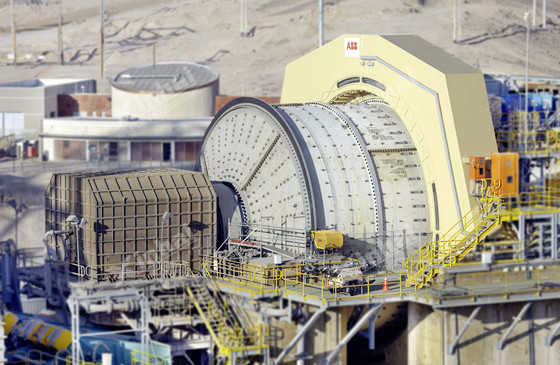
Working Principle: Grinds ore without media, using large rocks themselves as the grinding material via impact and abrasion.
Core Features:
Short, wide cylinder (diameter is about 3 times the length) for high capacity.
Uses special liners to prevent segregation and enhance impact crushing.
Handles large feed sizes (300-500mm).
Applications: Primary crushing and grinding of large ore blocks.
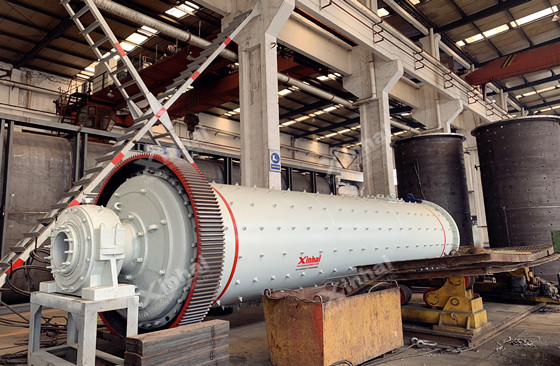
Working Principle: Grinding via ball impact, with a grate at the discharge end for forced pulp removal.
Core Features:
Faster discharge, lower pulp level, and reduced over-grinding lead to higher capacity than overflow mills.
Energy-saving (20-30%) with large self-aligning roller bearings and oil-mist lubrication; easy to start.
Applications: Primary grinding where a coarser product (0.2-0.3mm) is needed and over-grinding must be minimized.
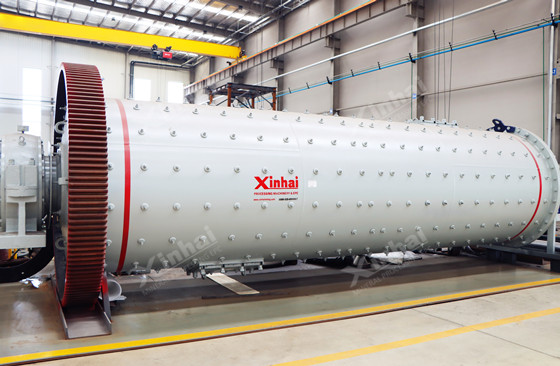
Working Principle: Similar to the grate type but relies on pulp overflowing freely through the trunnion, without a discharge grate.
Core Features:
Simpler structure, produces a finer product.
Prevents ball loss with reverse spiral blades on the trunnion.
Available with advanced hydrostatic bearings for low starting power, smooth operation, and minimal wear.
Applications: Secondary or re-grinding circuits where a fine product (<0.2mm) is required.
4. Wet Rod Mill

Working Principle: Uses steel rods as media, providing "selective grinding."
Core Features:
Produces a more uniform product size with less over-grinding.
Large discharge trunnion for easy maintenance and quick pulp discharge.
Applications: Ideal for gravity/magnetic separation of rare metal ores (e.g., tungsten, tin) to prevent over-grinding, or as a substitute for fine crushers.
5. Vertical Stirred Mill

Working Principle: Uses a rotating stirrer to agitate media, achieving ultra-fine grinding primarily through abrasion and shear.
Core Features:
Low energy consumption (over 50% savings compared to traditional ball mills).
Produces very fine product (down to 10μm), adjustable, and low noise (<85 dB).
Applications: Ultra-fine grinding (100-1250 mesh) in industries such as cement, chemicals, and non-metallic minerals.
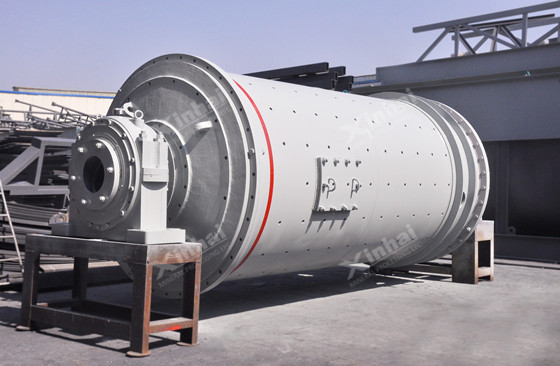
Working Principle: Grinds material in a dry state, requiring an integrated dust collection system.
Core Features:
No water needed, suitable for dry materials.
Can be used in open or closed circuit (with a classifier).
Applications: Grinding of water-sensitive materials like coal powder and cement.
7. Raymond Mill

Working Principle: Grinding rollers press against a grinding ring to crush material via rolling compression.
Core Features: High efficiency and low energy consumption.
Applications: Powder processing in chemical, construction, and metallurgical industries.
8. High-Speed Vortex Mill
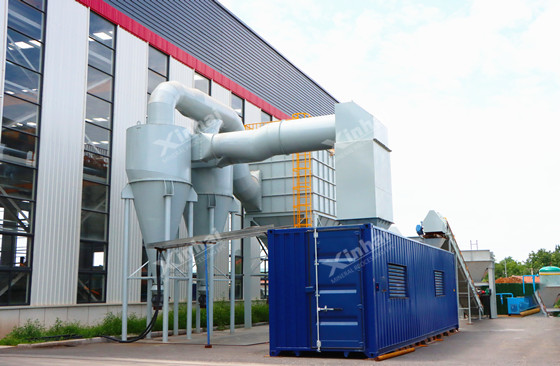
Working Principle: Uses proprietary "pneumatic-acoustic" technology where high-speed air flow creates a vortex, causing particles to collide and break; also has a drying function.
Core Features:
Effectively removes crystal water (40-75%).
High size reduction ratio, but the impeller requires regular replacement (every 1.5-2.5 months).
Applications: Dry grinding in water-scarce areas, dehydration of limonite, and recycling of materials like glass and rubber.
If you're looking to buy a ball mill grinder, here are the key specs you should keep an eye on—they really affect how reliable it is and how much it can produce.
The size of the cylinder—its diameter and length—tells you about capacity. Bigger ones, like those with a 12,200 mm diameter, can handle a lot, but you’ll need a solid foundation to support them. Then there’s effective volume (can go up to 1,246 m³) and motor power (ranging from 310 kW to 36,000 kW). These decide how much material you can process. Energy-efficient models often come with oil-mist lubrication, which helps the gears last longer.
Bearings are super important too. Hydrostatic types have low friction and can last forever if you maintain them well. Plus, they cut down on vibration and noise. The liner design—like grooved or wave patterns—can improve grinding, and how the material is discharged affects whether you get over-grinding or not. Also, look for features like adjustable speed—that helps you control how fine the output is.
So, quick checklist:
Does the capacity and power match what you need?
Are the bearings right for the job size?
Are the liners tough enough for abrasive material?
Are noise and vibration within acceptable limits?
Nailing these specs, which are all based on solid engineering, will make sure your ball mill runs well for a long time.
Picking the right ball mill manufacturer is just as important as choosing the right machine. So, how do you know if a supplier is reliable?
First off, they need to have real capabilities to back it up—a strong R&D team, proper ISO certification, and a solid track record of global installations are must-haves. Their products should also meet international standards, such as ASME standards for pressure vessels.
Secondly, their service has to be comprehensive. Full support from design and installation to commissioning can save you a lot of headaches and help avoid major issues once the mill is up and running.
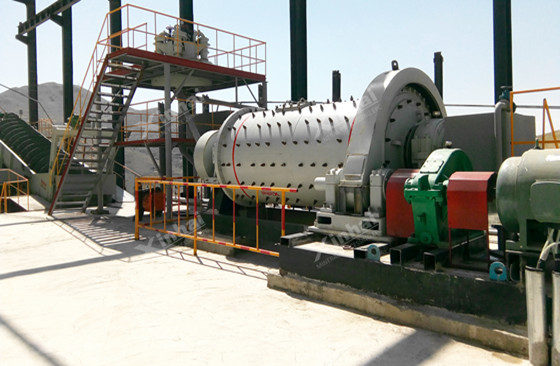
Be especially careful with suppliers who make big promises but can’t show you proven case studies. It’s always better to go with someone who has specific experience with the type of ore you’re processing.
A capable manufacturer’s innovation will be obvious, like offering custom liners for your specific material or using FEA simulations to prove their structural strength.
From what I’ve seen, manufacturers who really focus on sustainability and energy efficiency usually build more durable equipment that’s better suited for your future needs and upgrades.
Choose Xinhai: Your Trusted Ball Mill Supplier
Whether you need a small wet ball mill for a gold processing plant or a large autogenous mill for an iron ore mine, Xinhai’s ball mill for sale lineup has you covered. We combine advanced technology, customization capability, and global service to ensure your equipment delivers stable performance and quick ROI.
Contact our sales team today for a site assessment and customized quote—let Xinhai power your production efficiency.
To find out more about our products and solutions, please fill out the form below and one of our experts will get back to you shortly.